Nutrition and Prostate Cancer
Just a few simple changes in your daily eating habits can help support healthier living as you recover from prostate cancer, and may even decrease risk of your cancer coming back or getting worse. All of these recommendations also apply to maintaining overall health, for you and your family.
- Vegetables and Fruit. Choose a variety of fruits & vegetables to enjoy each day. Incorporate cooked tomatoes (preferably cooked with olive oil) and cruciferous vegetables (like broccoli and cauliflower) into many of your weekly meals. Certain fruits and vegetables contain large amounts of antioxidants. Antioxidants benefit the body by removing free radicals. Free radicals can attack healthy cells and permanently disrupt their operation.
- Fat and Protein. Try to keep the amount of fat that you get from red meat and dairy products to a minimum. Several studies have reported that saturated fat intake is associated with an increased risk of developing advanced prostate cancer. Consuming whole milk is linked to increased risk of prostate cancer progression and lethal disease. Avoid processed meats (lunch meats) that contain nitrates, and charred meat, which have been shown to have cancer-promoting properties. Instead, choose fish, lean poultry, and plant-based proteins such as nuts and beans.
- Whole, Unprocessed Foods. Eating “real food” ensures that your body gets plenty of naturally-occurring nutrients and fiber. Try to minimize added sugars, processed foods, and refined grains. This approach can help you feel more satisfied and maintain a healthy weight.










